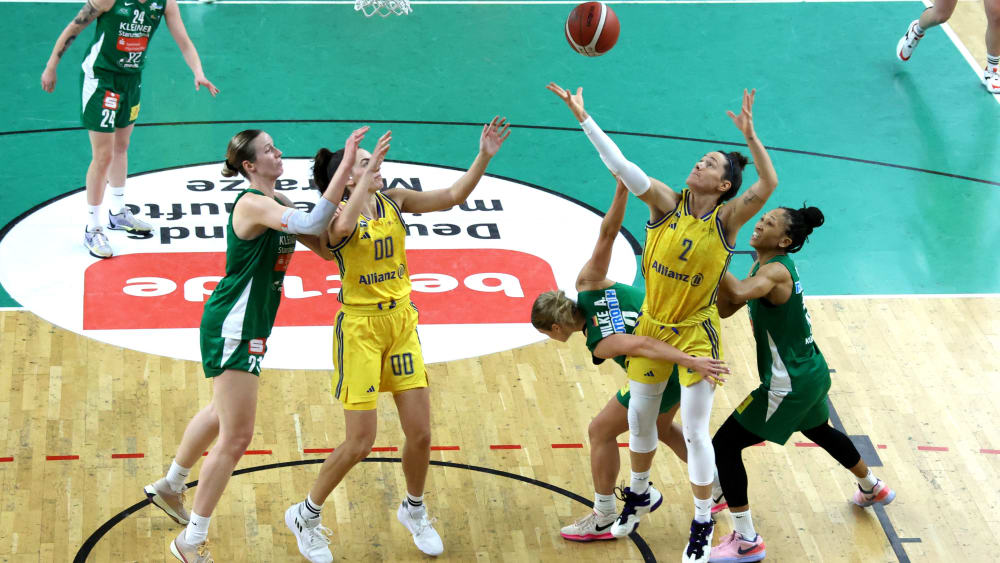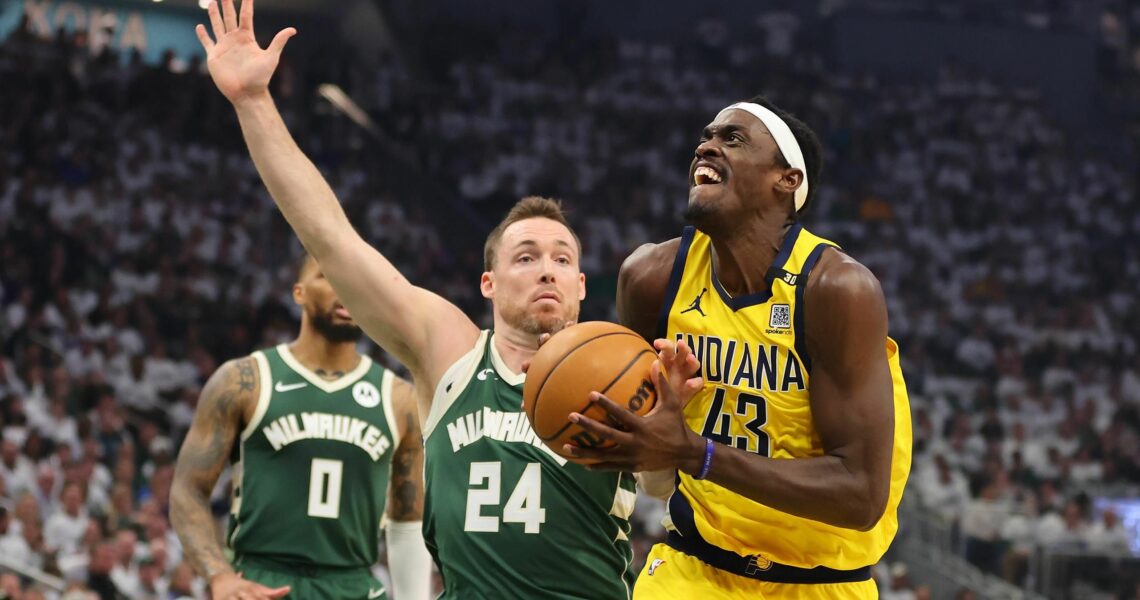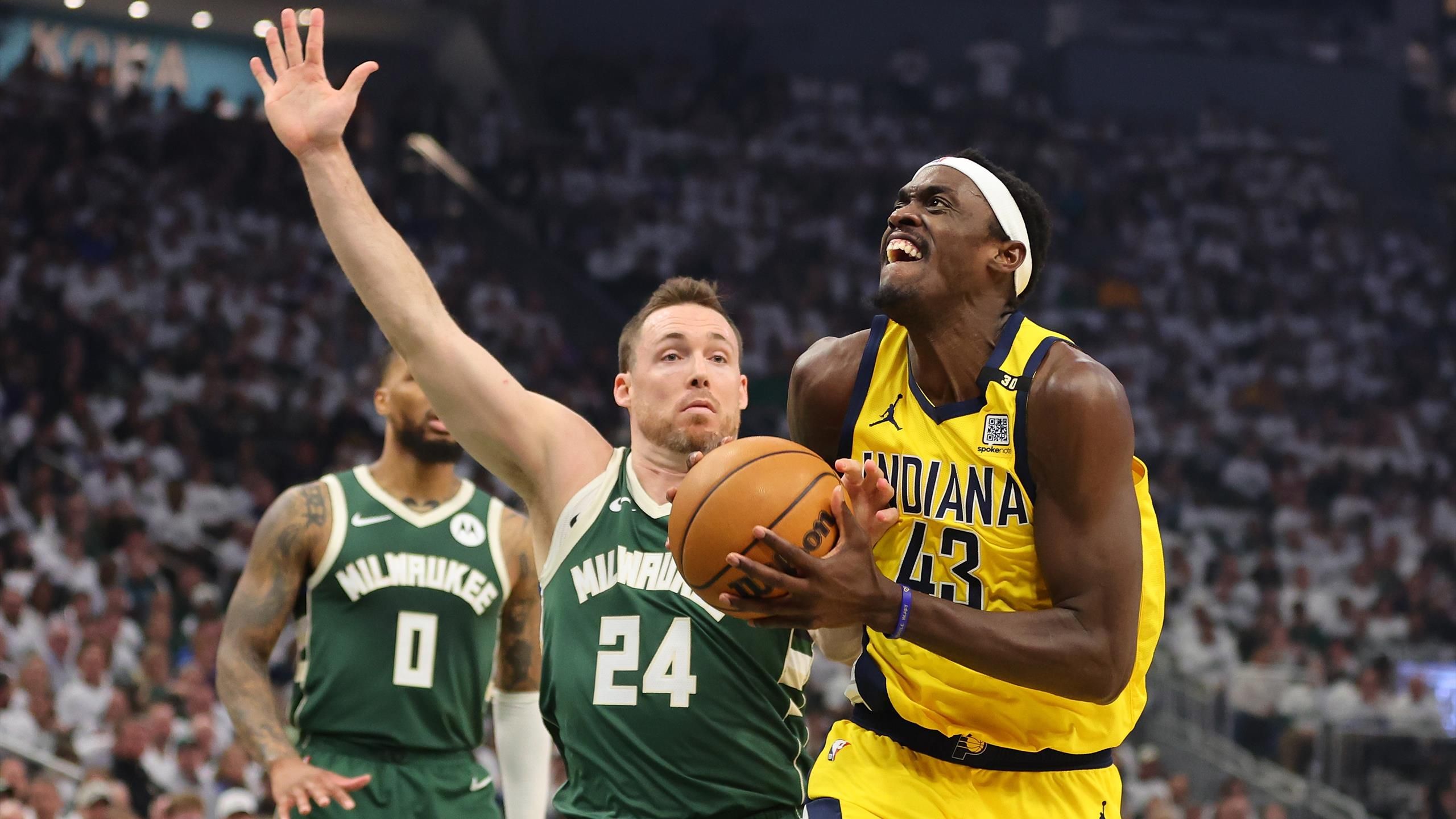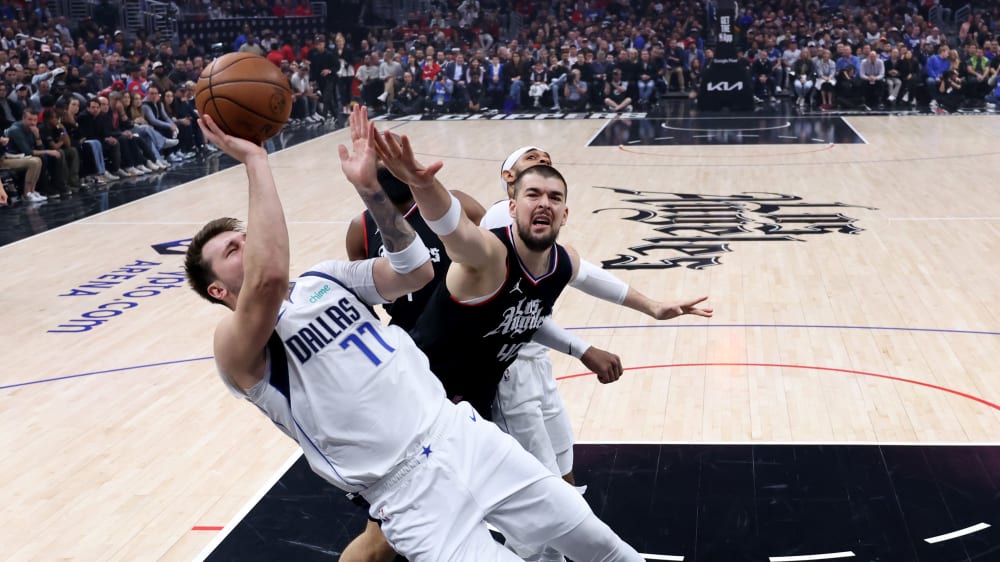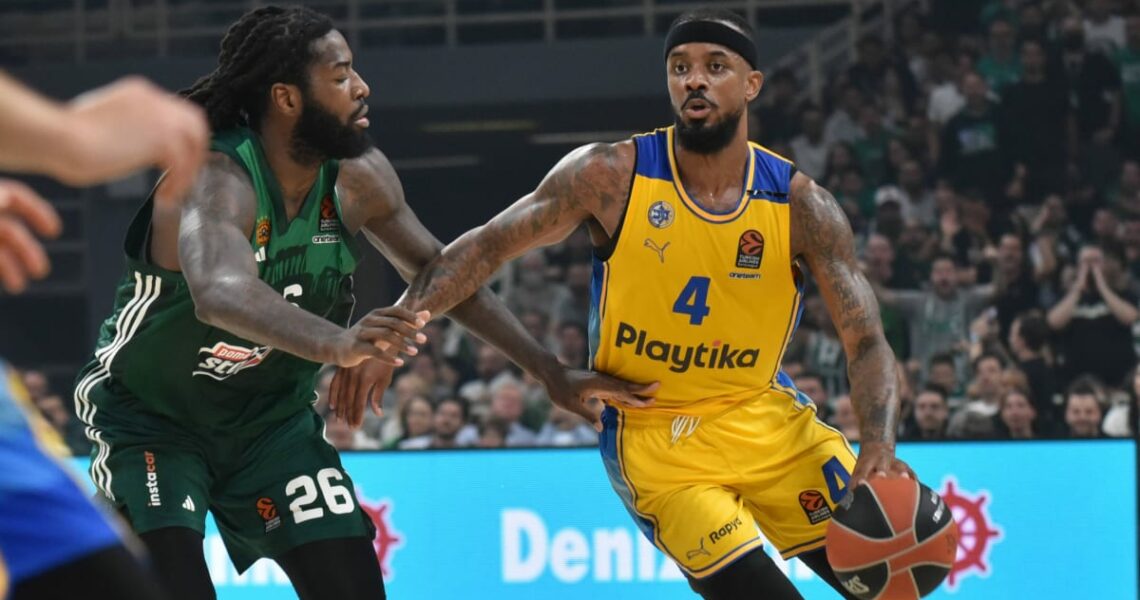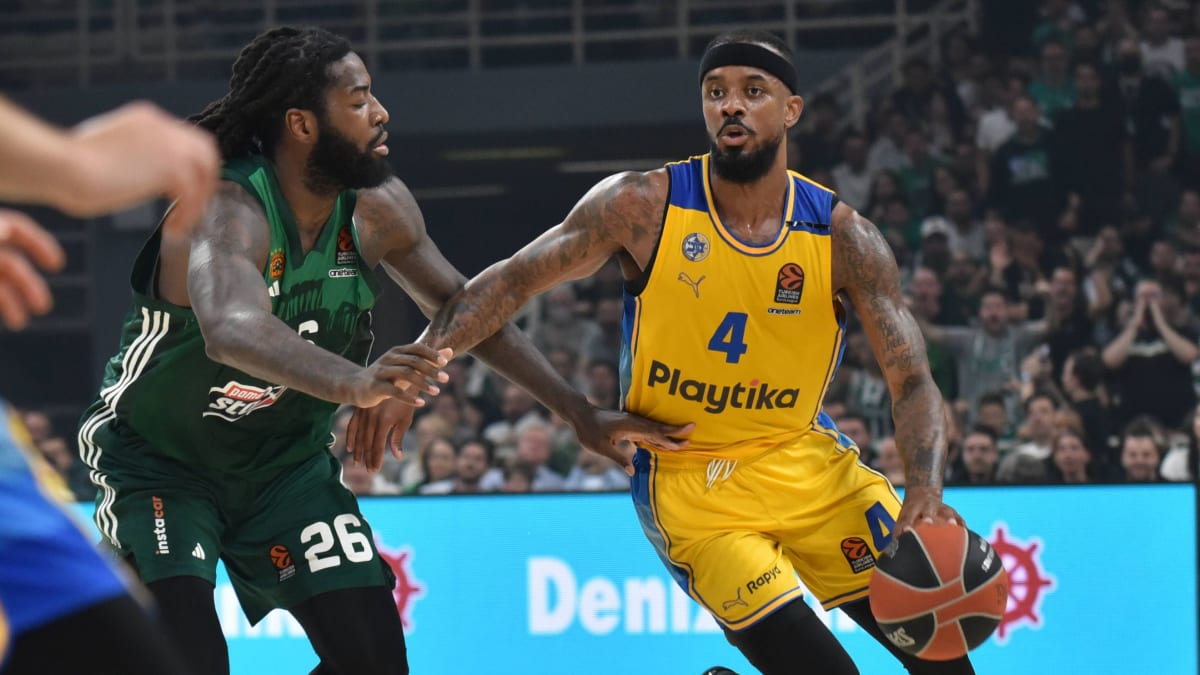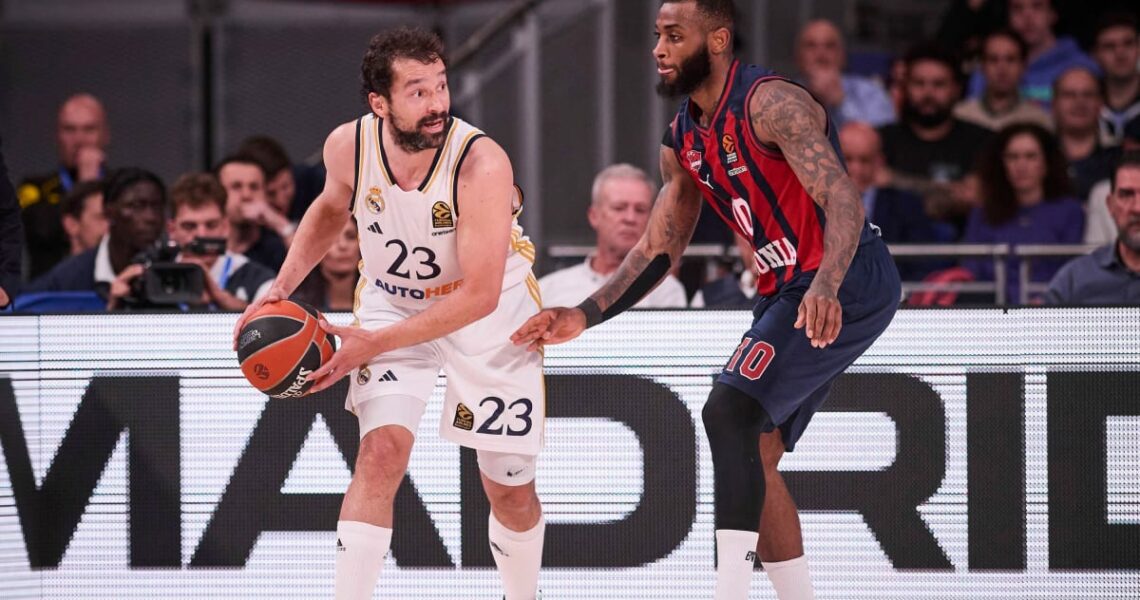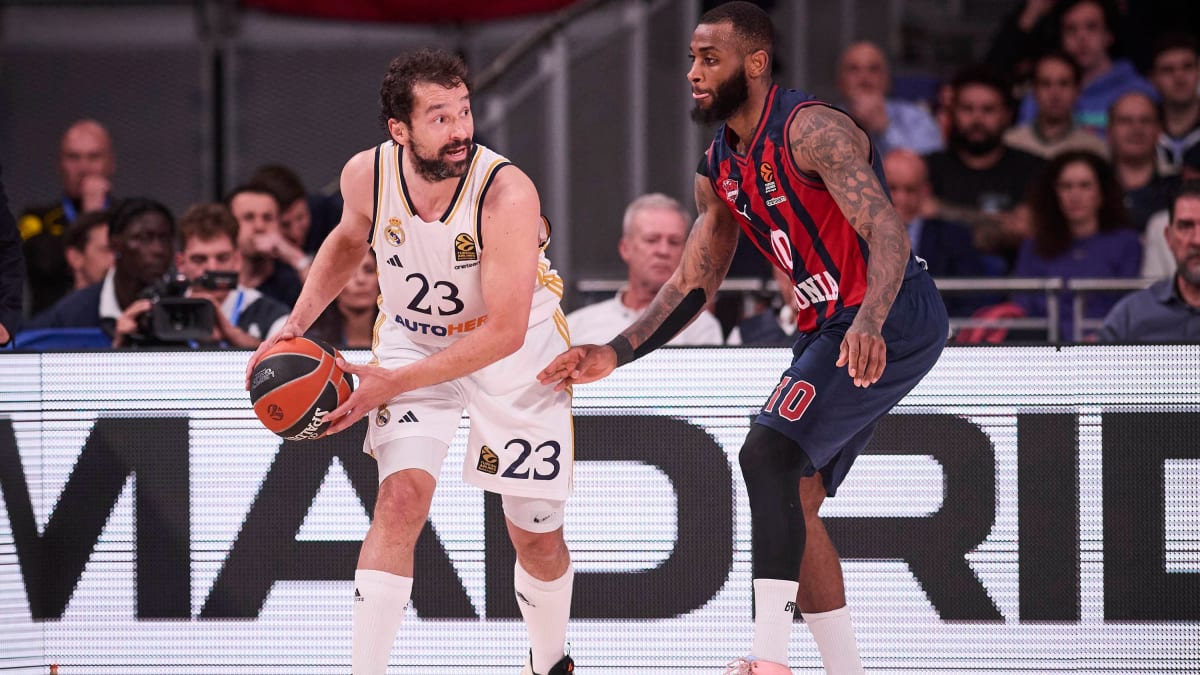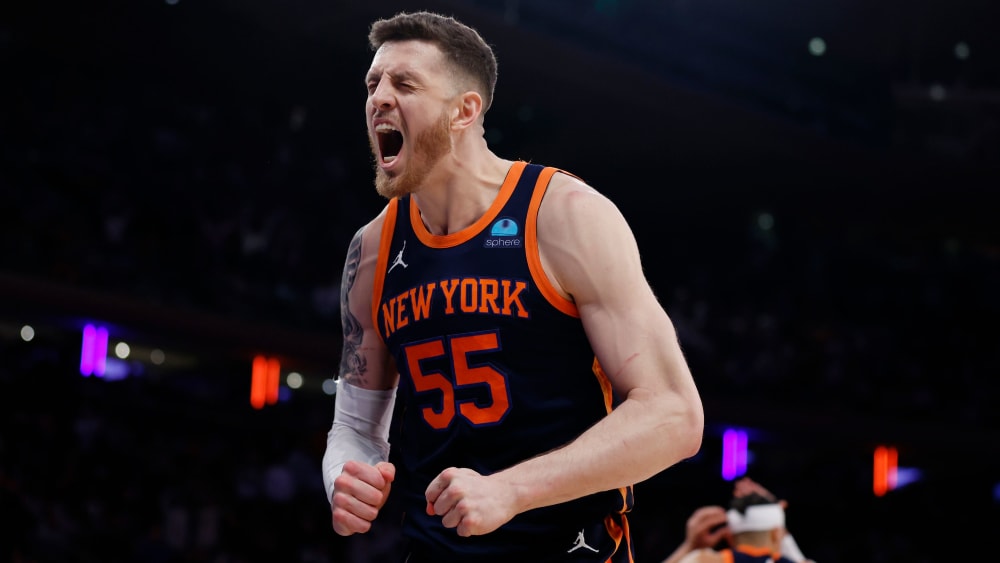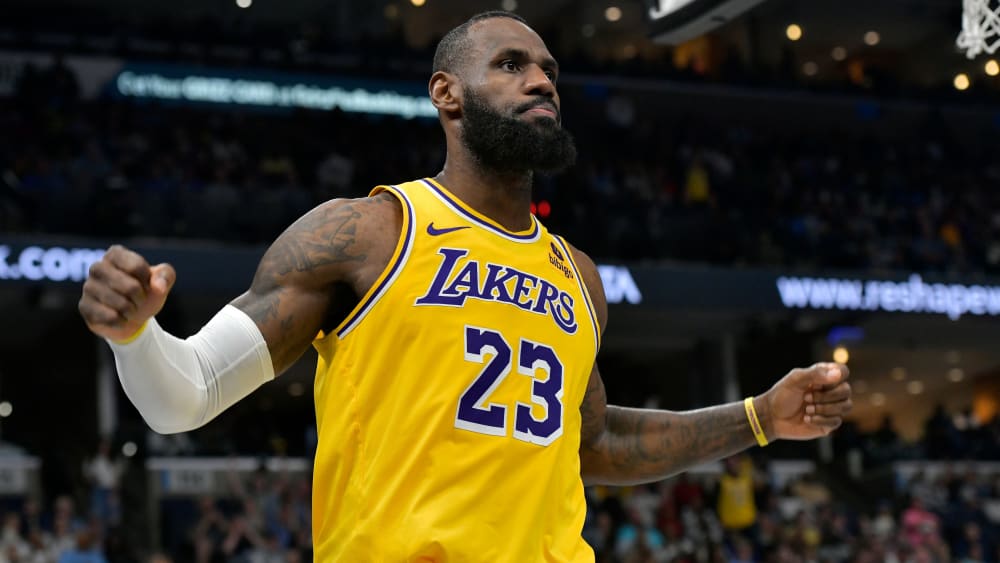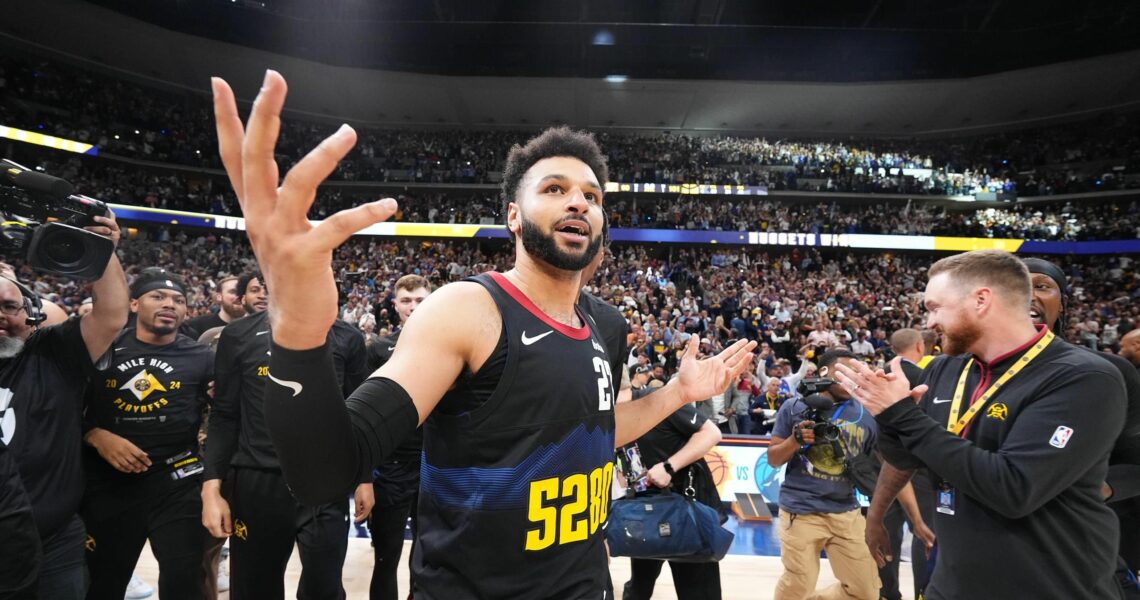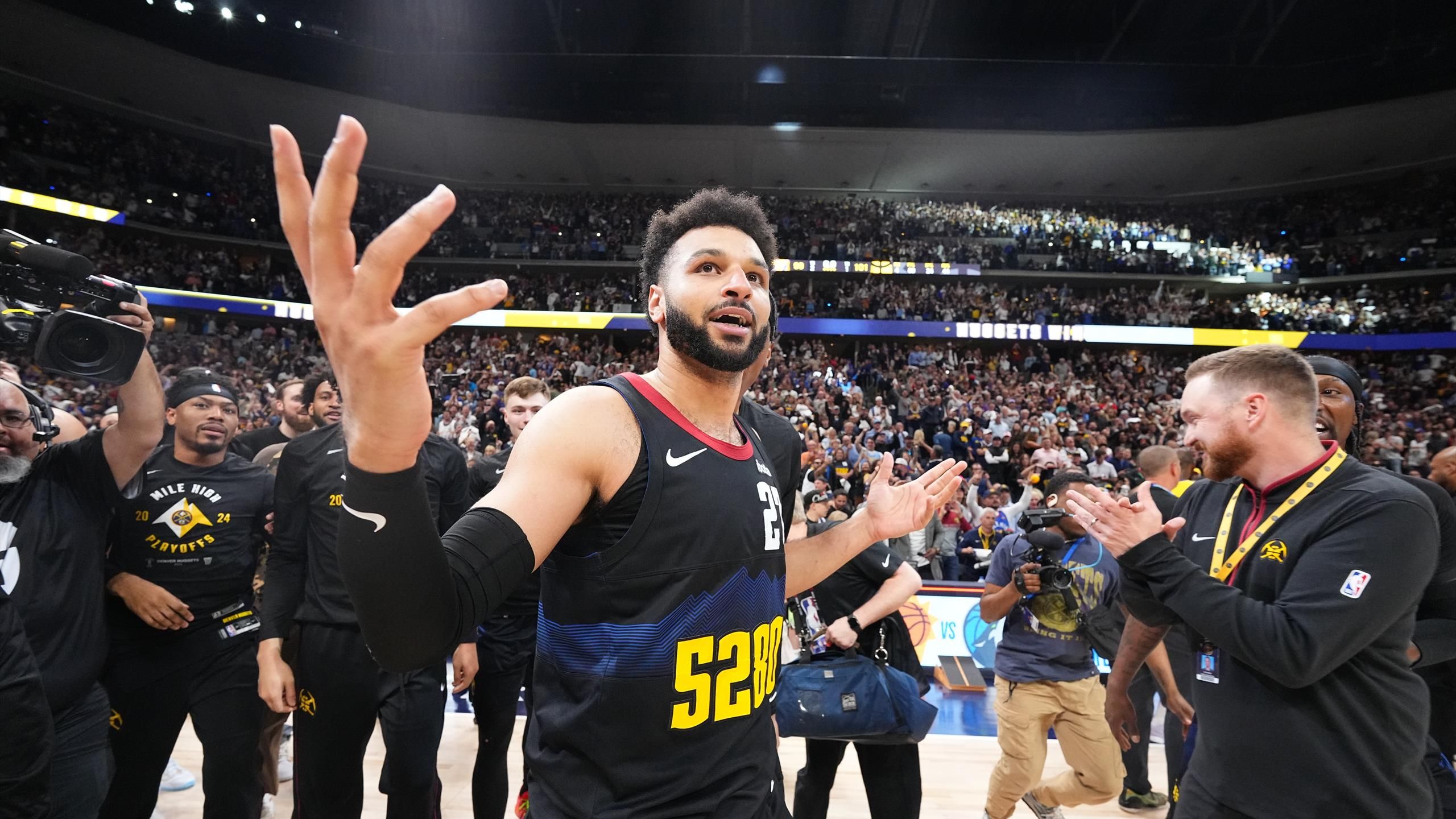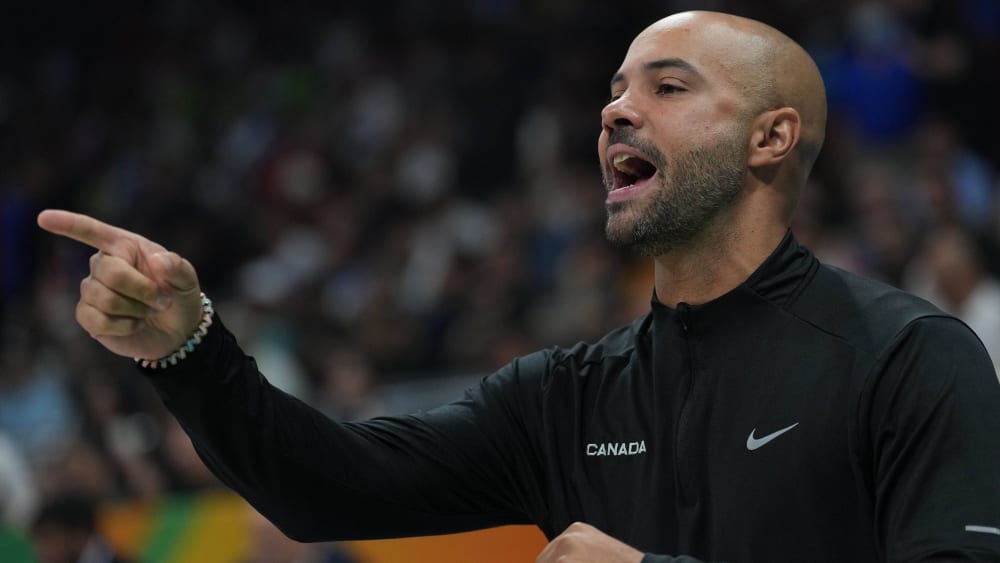Was für ein Drama in Istanbul! Bundesligist Niners Chemnitz hat den Titel im FIBA Europe Cup gewonnen. Nach einem Sieg im Hinspiel ging es in der Türkei in die Overtime – mit dem besseren Ende für die 99ers.
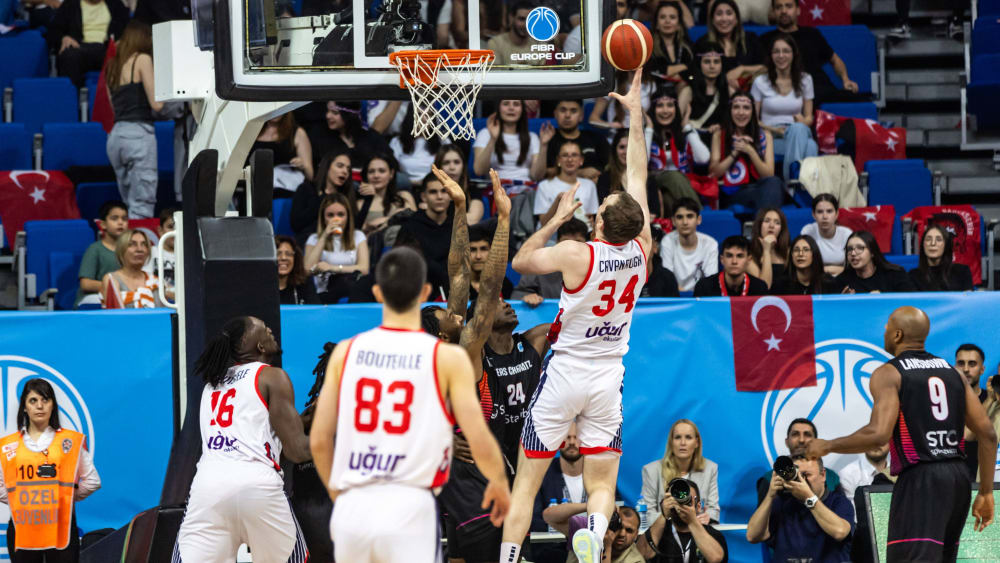
Der Chemnitzer Tyler Cavanaugh schließt ab.
IMAGO/Alexander Trienitz
Die Halle tobte, der Vorsprung schmolz, die Nerven flatterten, doch die Niners Chemnitz triumphierten. Nach einer Achterbahnfahrt der Gefühle hat der Bundesligist als sechster deutscher Verein einen Europapokal gewonnen und seinen ersten Titel im 25. Jahr der Vereinsgeschichte geholt. Nach dem Sieg im Hinspiel (85:74) des FIBA Europe Cup reichte Chemnitz bei Bahcesehir Istanbul eine Niederlage in der Verlängerung. Nach 45 dramatischen Minuten stand es 95:105 (84:95, 38:55) – und die Niners feierten.
Vor Chemnitz, 1999 gegründet, hatten der Mitteldeutsche BC (2004) und die Frankfurt Skyliners (2016) mit dem heutigen Bundestrainer Gordon Herbert ebenfalls den Europe Cup gewonnen. Alba Berlin holte den Korac-Cup (1995), die BG Göttingen die EuroChallenge (2010) und die Telekom Baskets Bonn die Champions League (2023).
Vor 13.500 Fans in der ausverkauften und stimmungsvollen Ülker Sports Arena war Kaza Kajami-Keane mit 26 Punkten bester Werfer der Chemnitzer, die in der Bundesliga auf dem dritten Platz stehen und ihr Play-off-Ticket schon sicher haben. Zwischenzeitlich führte das Team von Erfolgstrainer Rodrigo Pastore die Tabelle an. Zuletzt gab es jedoch Rückschläge, die Generalprobe für das Finale verloren die Niners in Göppingen.
Zur Halbzeit war der Vorsprung ein Rückstand
Im entscheidenden Spiel des vierthöchsten Europapokals hinter der Euroleague, der Champions League und dem Eurocup waren die Chemnitzer jedoch vom ersten Moment an wach. Der Vorsprung aus dem Hinspiel schärfe nur “die Sinne, wenn man das Positive herausnimmt. Wir müssen das richtig kanalisieren und nicht überdrehen”, hatte Geschäftsführer Steffen Herhold vor der Partie gesagt.
Zur Halbzeit hatte sich der Vorsprung jedoch in einen Rückstand verwandelt, die 150 mitgereisten Chemnitzer Fans mussten sich ernsthaft um ihre Mannschaft sorgen. 37 Punkte ließ sie im zweiten Viertel zu, doch Pastores Pausenansprache wirkte. Vor dem Schlussabschnitt lagen die Niners wieder auf Titelkurs, doch noch war die Entscheidung nicht gefallen.
Wieder schmolz der Vorsprung. Wesley van Beck vergab die Chance zum Sieg – das Spiel ging in die Verlängerung. Dort avancierte Kajami-Keane, der auch zum MVP der Partie ausgezeichnet wurde, mit zwei verwandelten Freiwürfen endgültig zum Matchwinner.

